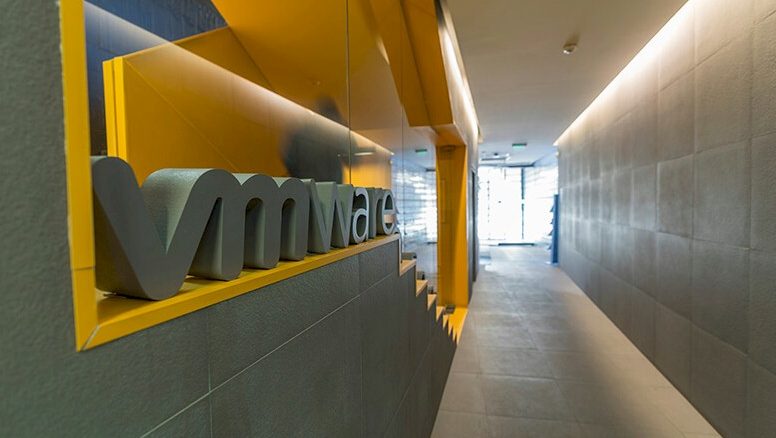
Over the past several years, VMware has developed a sprawling portfolio of cloud capabilities that stretch from on-premises datacenters and private clouds out to the public cloud and increasingly into the edge environment. After years of transforming datacenter operations via its virtualization technology and more recently seeing enterprises increasingly moving workloads and data into the cloud, VMware put a laser focus on the hybrid cloud, leveraging its on-premises muscle and tight partnership with parent company Dell Technologies to extend into the cloud.
Through its vRealize management platform, the company offers an array of options for managing everything from traditional applications to containerized workloads. It’s NSX technology forms the basis of its broad cloud networking products and, with its $2.1 billion Carbon Black acquisition in 2019, much of its cloud security features. Also in 2019, VMware introduced Tanzu, a platform for developers to create modern apps and a way for the vendor to expand beyond virtual machines and into the world of Kubernetes and containers.
VMware’s cloud platform can be found on the Amazon Web Services public cloud and AWS’ Outposts on-premises appliances as well as a fully-managed offer running on Dell EMC VxRail hyperconverged infrastructure (HCI). VMware Cloud Foundation is a single, integrated software-defined datacenter architecture includes a hybrid cloud platform built on HCI and managing both VMs and containers.
The company is now pulling together Tanzu and VMware Cloud Foundation together under a new multicloud distributed platform called VMware Cloud that is aimed at enabling enterprises to accelerate their application and infrastructure modernization efforts in any cloud and the datacenter as well as at the edge. VMware Cloud, introduced this week, also includes features enable organizations to manage their VMware Cloud infrastructure wherever it’s deployed and to buy VMware infrastructure and services via a subscription model to make it easier to pay for and manage.
Enterprises increasingly are adopting mulitcloud and hybrid cloud strategies that create highly distributed systems where workloads and data can be created, run and store in a range of places, and the applications used can be a mix of traditional and modern.
“The central problem now is, how do you deal with the distributed multicloud environment?” Raghu Raghuram, chief operating offer of products and cloud services at VMware, said during a virtual press and analyst conference this week. “Because that is the reality. How do you provide a consistent infrastructure where all of these applications can run, whether they are traditional applications or modern applications? How do you manage all of these in a consistent way and how do you control the costs in an efficient way? Most of all, how do you secure infrastructure? That is going to be the central problem that CIOs are going to grapple with over the next decade.”
VMware is seeing it in its customer base. The company has more than 300,000 and 5 million developers leveraging its Tanzu technologies, Raghuram said. More than 1.5 million applications built via Tanzu are launched every month and more than 85 million workloads running on VMware Cloud Foundation. In a survey of customers, more than 80 percent said they are deploying applications in highly distributed environments that include their own datacenters, multiple clouds, and the edge.
They also said that 90 percent of application initiatives are aimed at modernization.
Raghuram described the VMware Cloud strategy as a “portfolio of modular cloud services that run all of the VMware Cloud Foundation infrastructure on any cloud as well as on the native public cloud infrastructure, whether it’s on VMware or Azure or AWS or Google … and this foundation enables customers to run their traditional applications, VMware applications, Kubernetes-based applications, database applications in a consistent way, wherever they want.”
One of the new features is VMware Cloud Universal, the flexible payment option, offering organizations a cloud-like subscription model for their hybrid efforts. They can buy a service once and deploy it anywhere, convert and apply unused credits from their on-premises Cloud Foundation used toward VMware Cloud on AWS or on Dell EMC and can apply their existing investments in VMware perpetual license toward VMware Cloud Universal credits.
Such flexible payment and consumption methods are key parts of the strategies by established datacenter infrastructure vendors as they launch as-a-service initiatives to address the ongoing enterprise adoption of hybrid cloud, which has accelerated during the COVID-19 pandemic. That was on display last week when Cisco Systems introduced Cisco Plus, its wide-ranging plan to eventually offer its entire portfolio as a service.
VMware Cloud Console gives organizations complete visibility and control of their VMware Cloud infrastructure wherever it is, whether that’s the datacenter, cloud or edge. The integrated portal can allocate and manage all their resources and redeem credits and provision deployments in Cloud Universal offerings. Enterprises also can use Cloud Console to contact VMware support operations. Meanwhile, VMware App Navigator is designed to help accelerate enterprises’ application modernization efforts, with organizations and VMware working together and leveraging automation tools and hands-on methods to assess their current portfolio and align strategies to the right cloud.
As we at The Next Platform have talked about in the past, VMware’s cloud strategy – like as-a-service programs from Cisco, Hewlett Packard Enterprise, and Dell – continues by both on-premises datacenter technology providers and major cloud providers to play both sides of the hybrid cloud court. With initiatives like AWS’ Outposts and EKS Anywhere, Microsoft Azure’s Stack and Arc and Google Cloud’s Anthos, the cloud providers are offering enterprises ways to run their respective cloud services on premises.
Meanwhile, VMware, Dell, HPE, Cisco and others are looking for ways to extend the reach of their hardware and software portfolios into the public cloud realm and make it easier or enterprises to develop modern applications and run and move their workloads and data more easily between the datacenter, cloud and edge.
Organizations “want to be able to take advantage of multiple public clouds for the unique capabilities and services those clouds might offer,” Mark Lohmeyer, senior vice president and general manager of VMware’s Cloud Services business unit, said during the press briefing. “They want to be able to take advantage of their own private clouds and their own datacenters and increasingly we’re seeing customers wanting to be able to take advantage of edge clouds, where they can do data processing and analytics closer to where the data is being generated and closer to the consumers of that information. Our customers increasingly need to operate in this multicloud world and be able to build, run and deploy applications based on the needs of the business across these different environments.”

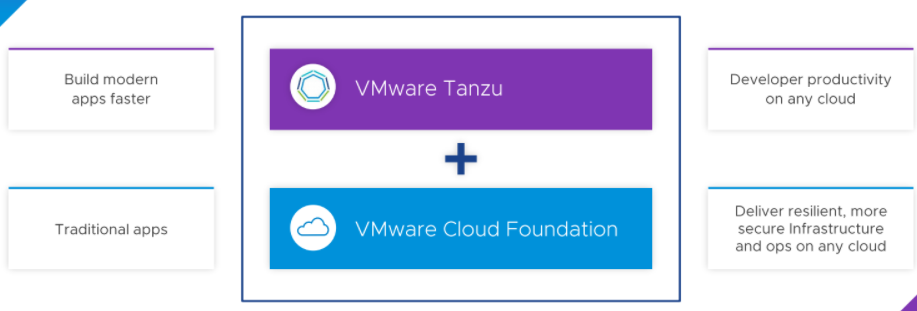
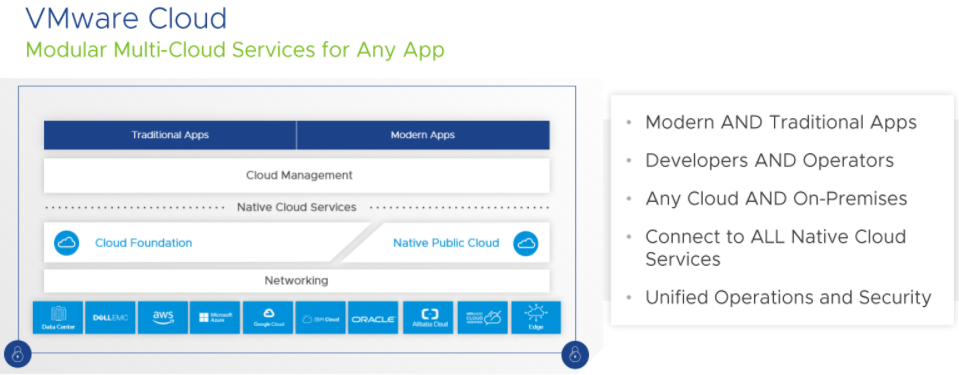
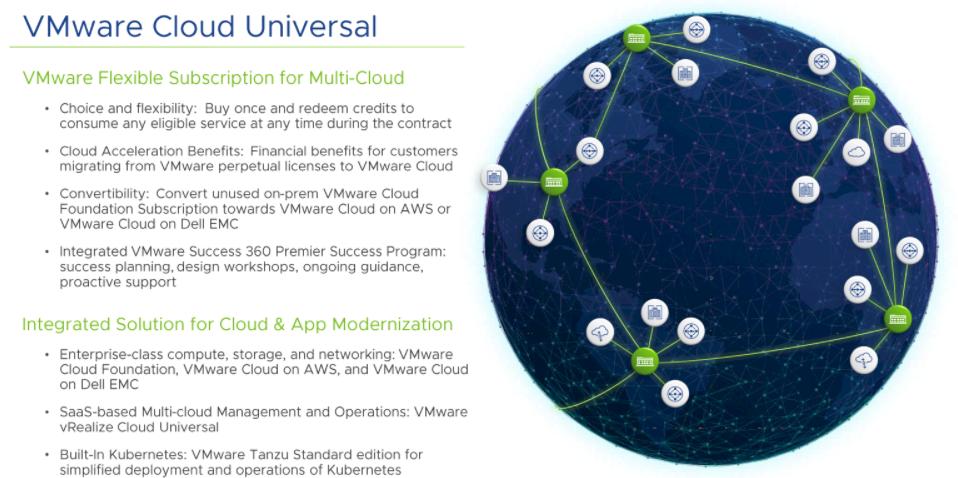
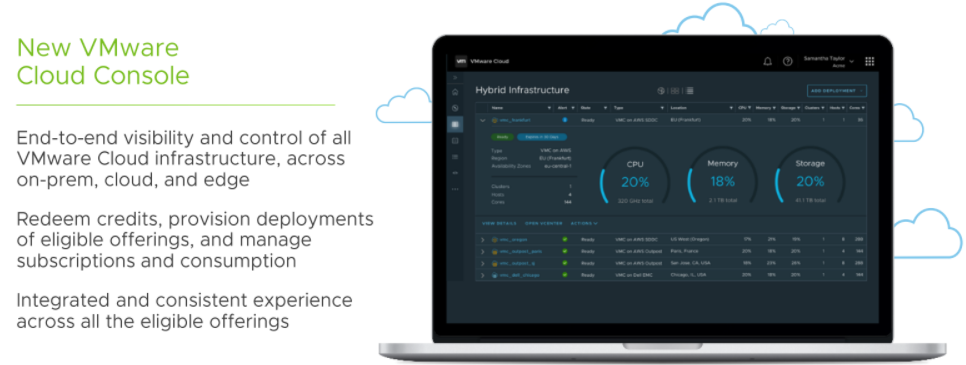

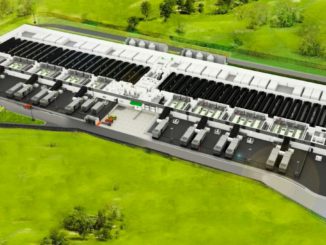
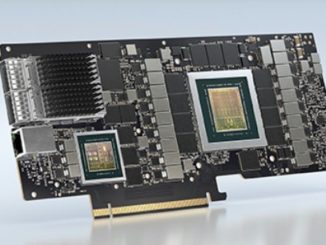

Be the first to comment